When we think of snakes, our minds often conjure images of slithering creatures of modest size, perhaps a few feet in length. However, the world of non-venomous snakes includes some truly gigantic specimens that can reach astonishing dimensions. From the massive reticulated python to the hefty anaconda, non-venomous snakes represent some of the largest reptiles on our planet. Their impressive size adaptations have evolved over millions of years, allowing them to become efficient predators and remarkable survivors in diverse ecosystems worldwide. This exploration into the maximum sizes of non-venomous snakes reveals not just their physical measurements, but also the fascinating biology behind their growth patterns.
The Reticulated Python: World’s Longest Snake

The reticulated python (Python reticulatus) holds the distinguished title of the world’s longest snake species. Native to Southeast Asia, these impressive constrictors can reach documented lengths of over 25 feet (7.6 meters) in exceptional cases. The longest reliably measured specimen was approximately 33 feet (10 meters), though claims of even longer individuals exist in folklore and unverified reports.
These pythons can weigh up to 350 pounds (158 kg), with females typically growing larger than males—a common pattern in many snake species. Their remarkable size enables them to consume prey as large as pigs, deer, and occasionally even humans, though such incidents are extremely rare.
The Green Anaconda: Champion of Snake Mass
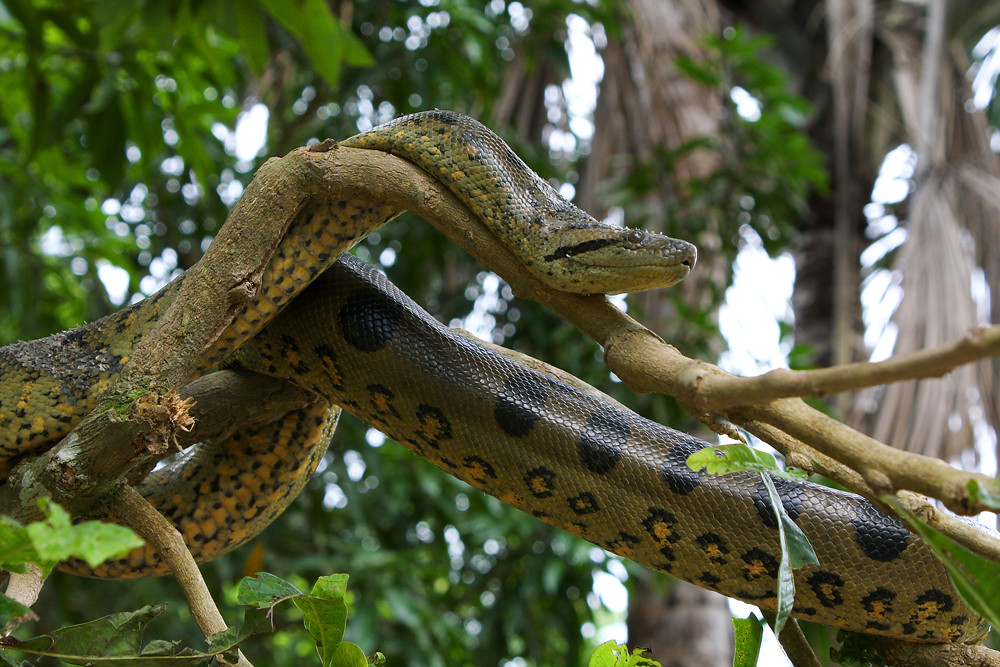
While not quite as long as the reticulated python, the green anaconda (Eunectes murinus) claims the title of the world’s heaviest snake. These South American giants can reach weights exceeding 500 pounds (227 kg) and lengths of over 20 feet (6 meters). Their extraordinary girth contributes significantly to their impressive mass, with the thickest part of their body sometimes measuring nearly 12 inches (30 cm) in diameter.
Green anacondas are primarily aquatic, using water to support their massive bodies, and are perfectly adapted to the Amazon basin and other tropical wetlands. Their incredible size allows them to prey on capybaras, caimans, and even the occasional jaguar—showcasing the tremendous power these non-venomous behemoths possess.
The African Rock Python: Continental Giant
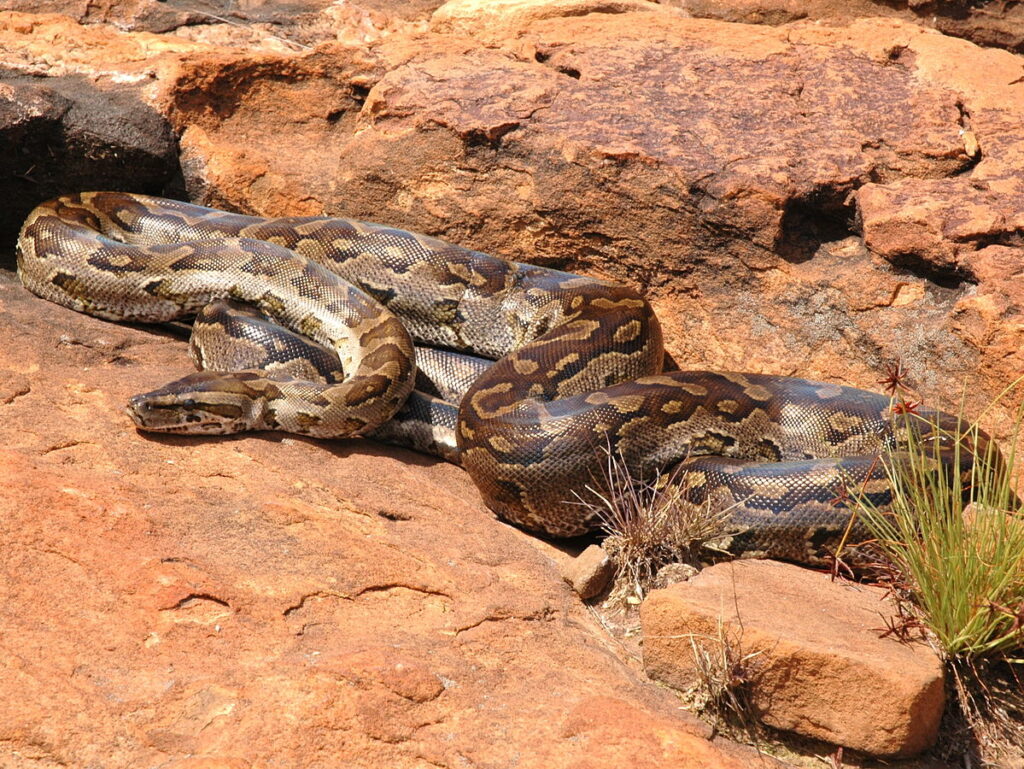
Africa’s largest snake, the African rock python (Python sebae), represents another impressive non-venomous species that can reach substantial proportions. These powerful constrictors typically grow to lengths of 15-20 feet (4.5-6 meters) and can weigh over 200 pounds (90 kg) in exceptional cases. Their robust build and muscular body enable them to overpower prey many times their width, including antelopes, monkeys, and even crocodiles.
African rock pythons display remarkable adaptability, inhabiting various environments from rainforests to savannas across sub-Saharan Africa. Their size and strength have earned them a significant place in African folklore and mythology, often symbolizing power and mystery.
The Burmese Python: An Invasive Giant
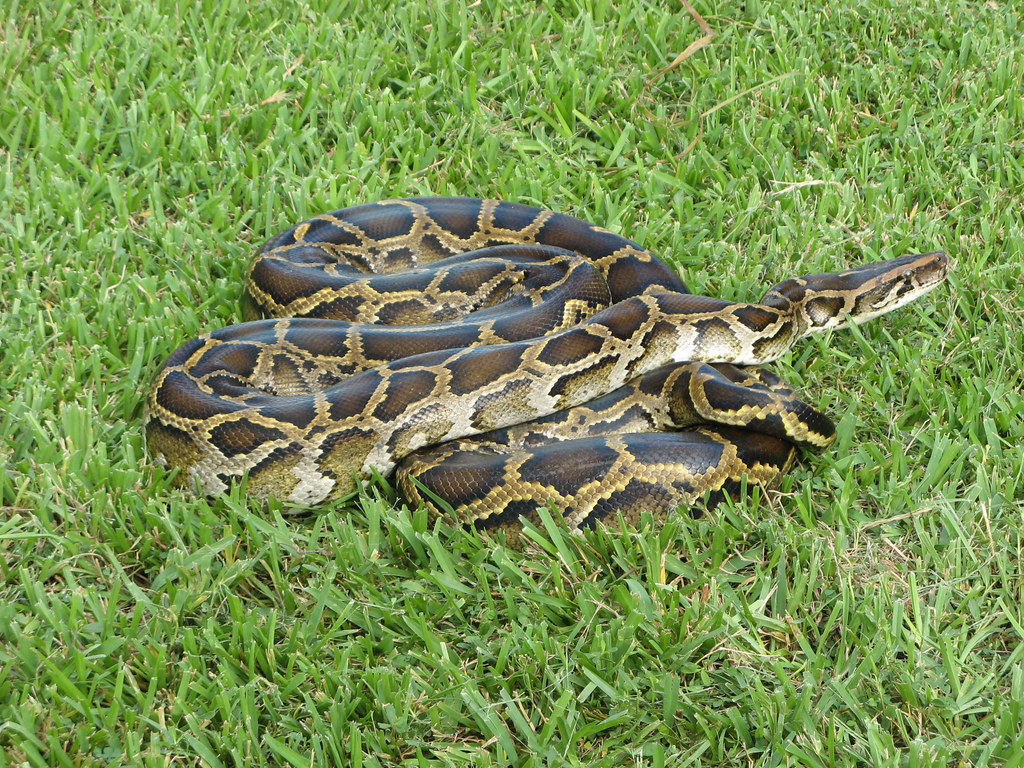
The Burmese python (Python bivittatus) ranks among the largest snake species, capable of reaching lengths of 18-23 feet (5.5-7 meters) and weights exceeding 200 pounds (90 kg). Native to Southeast Asia, these massive constrictors have gained notoriety as invasive species in Florida’s Everglades, where released or escaped pets have established breeding populations.
Their impressive size is achieved through continuous growth throughout their lives, though the rate slows considerably after reaching sexual maturity. Burmese pythons can consume prey as large as deer and alligators, using their powerful muscular coils to constrict victims before swallowing them whole. Their proliferation in non-native habitats demonstrates the formidable adaptability that accompanies their impressive size.
The Boa Constrictor: Moderate Giant with Famous Reputation
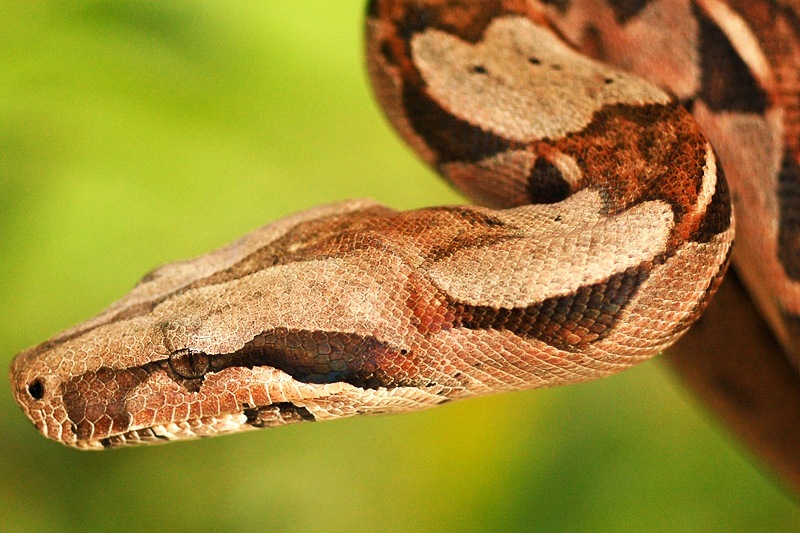
Despite their fearsome reputation, boa constrictors (Boa constrictor) are more moderate in size compared to their python relatives, typically reaching lengths of 8-13 feet (2.4-4 meters) and weights of 60-100 pounds (27-45 kg). These Central and South American natives represent an interesting middle ground in the world of large non-venomous snakes.
Female boas grow significantly larger than males, sometimes by several feet, a sexual dimorphism that serves reproductive advantages. Despite their more modest dimensions compared to pythons and anacondas, boa constrictors remain impressive predators capable of taking down sizeable mammals. Their popularity in the pet trade has made them perhaps the most familiar of the large constrictor species to the general public.
The Amethystine Python: Australia’s Largest Snake
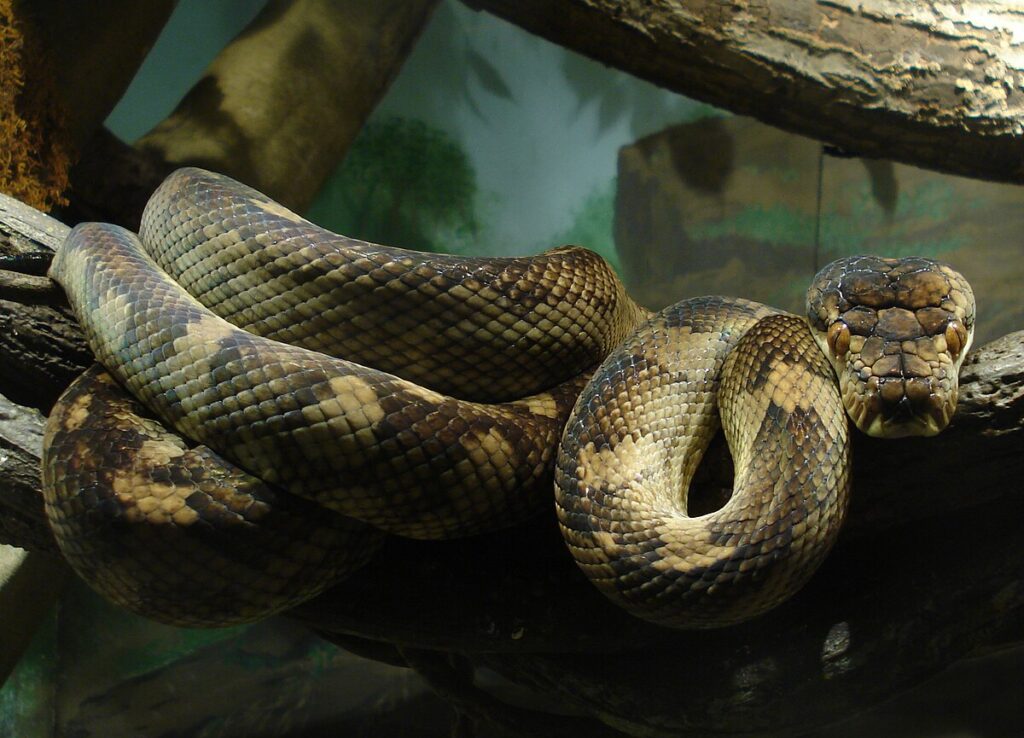
The amethystine python (Simalia amethistina), also known as the scrub python, holds the title of Australia’s largest snake species. These impressive constrictors can grow to lengths of 15-25 feet (4.5-7.6 meters), with the largest specimens weighing over 200 pounds (90 kg). Their range extends across northern Australia, Papua New Guinea, and Indonesia, where they inhabit rainforests and woodland areas.
Amethystine pythons display a beautiful iridescent sheen that creates purple, blue, and green reflections in sunlight—a characteristic that inspired their name. These powerful hunters can take down wallabies, possums, and even juvenile kangaroos, demonstrating the predatory capabilities that come with their substantial size.
Bull Snakes and Gopher Snakes: North America’s Longest Non-Venomous Snakes
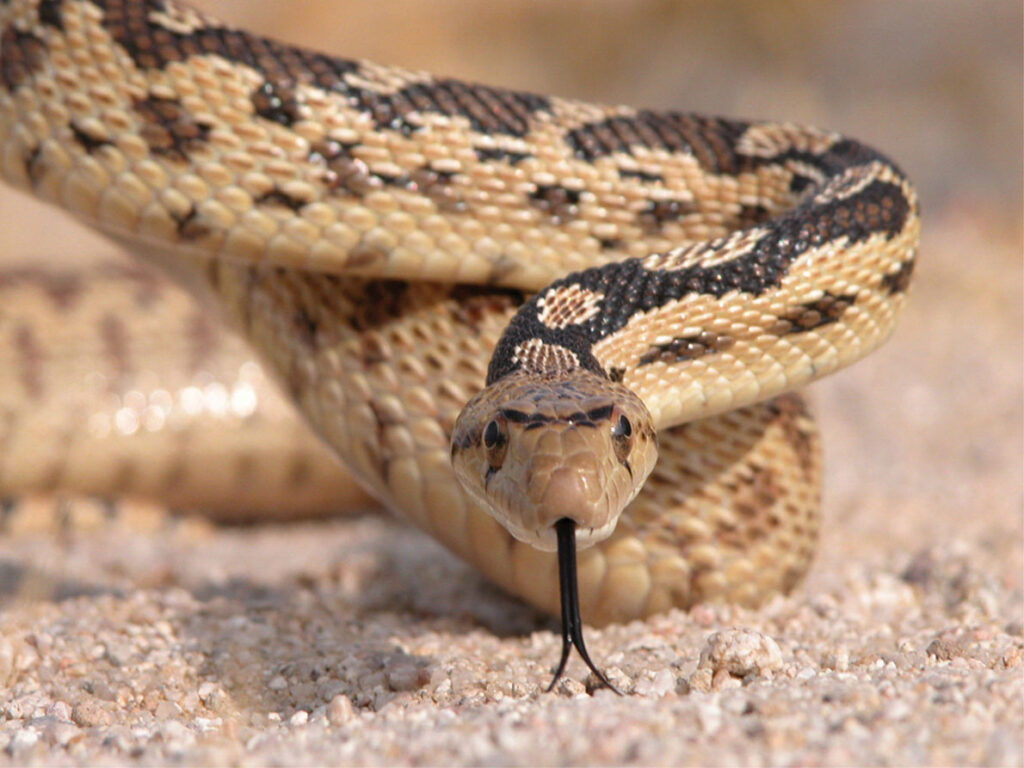
erica doesn’t host snakes as massive as the giant constrictors of other continents, the region does have notable large non-venomous species. Bull snakes and gopher snakes (Pituophis catenifer subspecies) can reach impressive lengths of 6-8 feet (1.8-2.4 meters), making them among the longest native North American snakes. These relatives of rat snakes are powerful constrictors that primarily prey on rodents, making them beneficial for agricultural areas.
Despite their intimidating size and defensive behaviors—which include loud hissing, vibrating their tails, and striking postures—they pose no venomous threat to humans. Their substantial length combined with relatively slim bodies creates a distinctive appearance different from the heavyset build of pythons and boas.
Indigo Snakes: Protected Giants of the Southeast
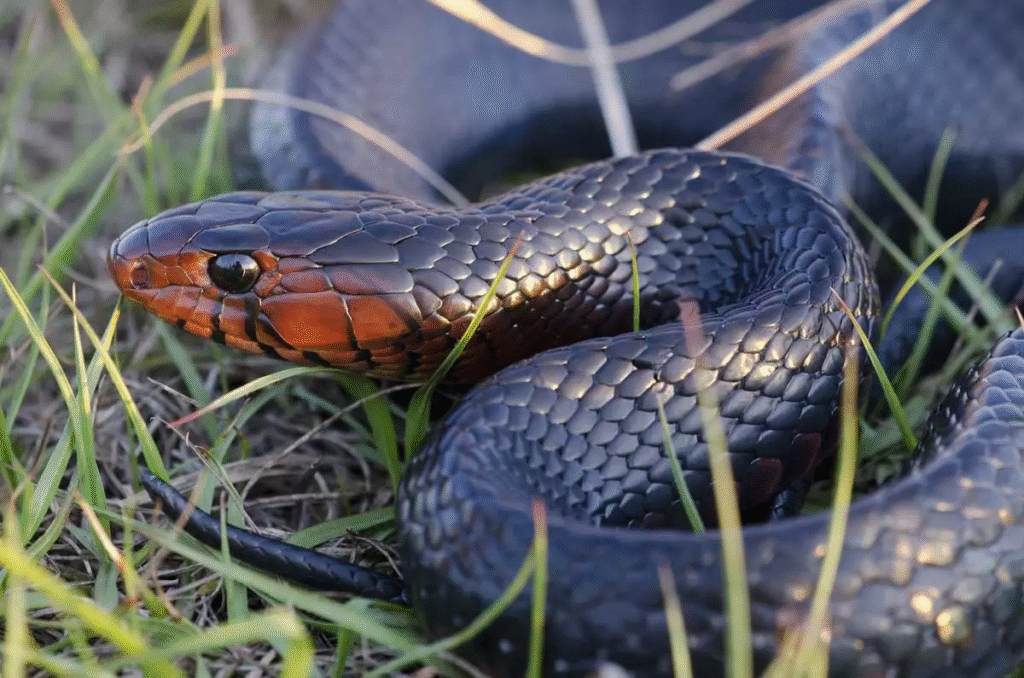
The eastern indigo snake (Drymarchon couperi) represents another of North America’s impressive non-venomous species, reaching lengths of 7-9 feet (2.1-2.7 meters). These glossy black snakes with iridescent highlights are the longest native snake species in the United States.
Protected under the Endangered Species Act, indigo snakes face population challenges due to habitat loss and human persecution. Despite their intimidating size, indigo snakes are known for their docile temperament and rarely bite even when handled.
Their diet includes a remarkable variety of prey, including other snakes (even venomous rattlesnakes), which they can consume thanks to their substantial size and partial immunity to snake venom.
King Cobras: Venomous Giants Worth Mentioning
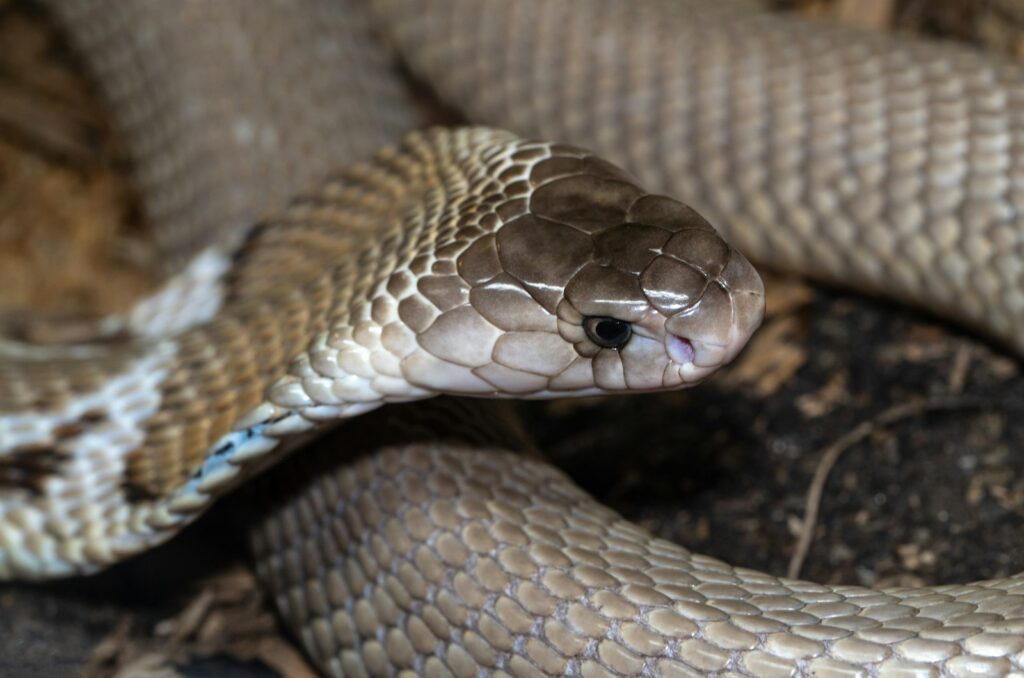
While this article focuses on non-venomous snakes, it’s worth noting that the king cobra (Ophiophagus hannah) represents an exception to the general rule that venomous snakes are smaller than their non-venomous counterparts. These magnificent reptiles can grow to lengths of 18 feet (5.5 meters), making them the longest venomous snakes in the world.
Their impressive size stands in contrast to most other venomous species, which typically reach more modest dimensions. King cobras achieve their remarkable length with a relatively slender build compared to the massive girths of pythons and anacondas. Their unique position as both venomous and extraordinarily large makes them fascinating outliers in the world of giant snakes.
Factors Influencing Maximum Size in Snakes
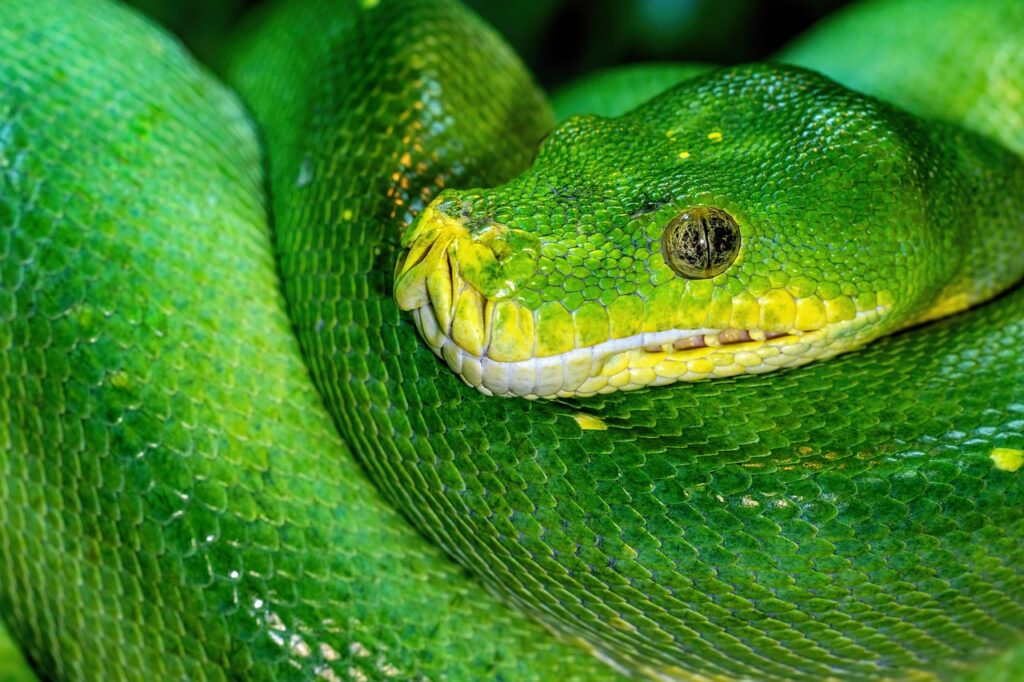
Several key factors determine how large non-venomous snakes can grow, with genetics playing a fundamental role in establishing size potential. Environmental conditions, particularly temperature and food availability, significantly impact whether a snake reaches its maximum possible dimensions.
Nutritional quality during development phases can be particularly crucial, with well-fed juveniles often growing into larger adults. Sexual dimorphism appears in many species, with females typically growing larger to accommodate egg production or developing young in viviparous species.
Additionally, indeterminate growth—the ability to continue growing throughout life, albeit at decreasing rates—allows many snake species to reach impressive sizes if they survive long enough in favorable conditions.
Record-Breaking Snake Specimens
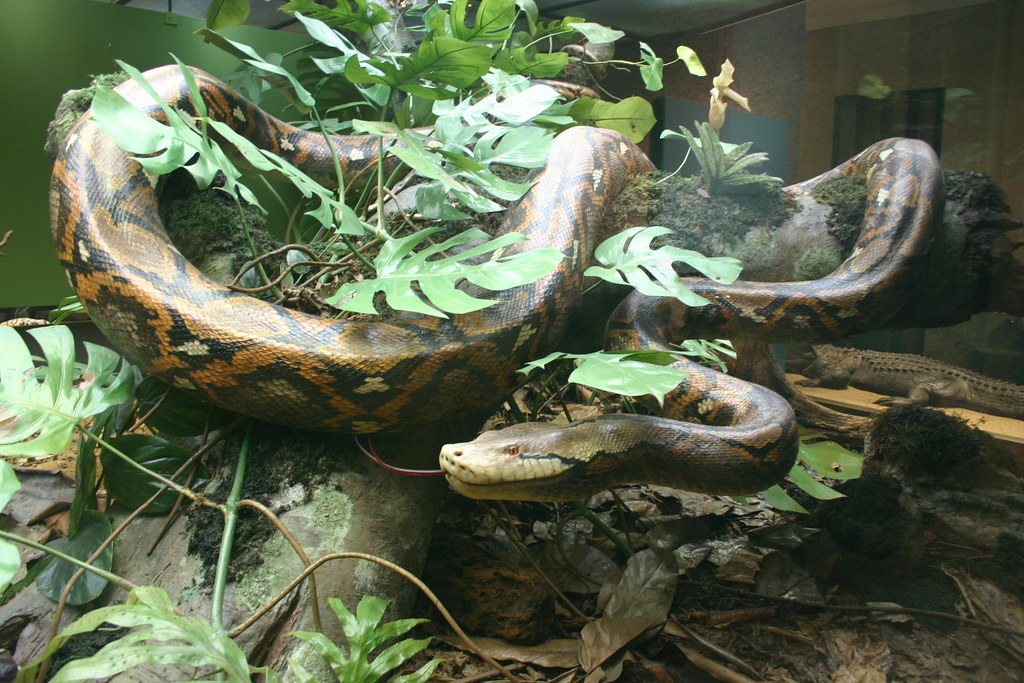
The world of giant snakes includes several legendary specimens that have captured public imagination. “Medusa,” a reticulated python kept in captivity in Kansas City, Missouri, holds the Guinness World Record for longest living snake at 25 feet, 2 inches (7.67 meters). The largest scientifically verified wild snake was a reticulated python measuring 32 feet, 9.5 inches (10 meters), captured in Indonesia in 1912.
Numerous claims of even larger specimens exist, including reports of anacondas exceeding 30 feet (9.1 meters), though none have been conclusively documented by scientists. These record-holders represent the extreme upper limits of snake growth potential, with most individuals of even the largest species falling well short of these extraordinary dimensions.
Giant Snakes in Captivity vs. Wild

Interesting differences emerge when comparing the growth patterns of large snakes in captivity versus their wild counterparts. Captive specimens often receive regular, abundant feeding and optimal healthcare, potentially allowing them to reach greater sizes than wild individuals who face food scarcity, predation, and disease.
However, the limited space in most captive environments may counterintuitively restrict growth in some cases, as physical activity plays a role in skeletal and muscular development. Wild snakes that survive to advanced age in prey-rich environments with few threats may achieve the greatest sizes of all.
The longest verified snakes have typically been wild-caught specimens, suggesting that natural conditions may ultimately produce the most impressive giants when all factors align favorably.
The Future of Giant Snakes in a Changing World
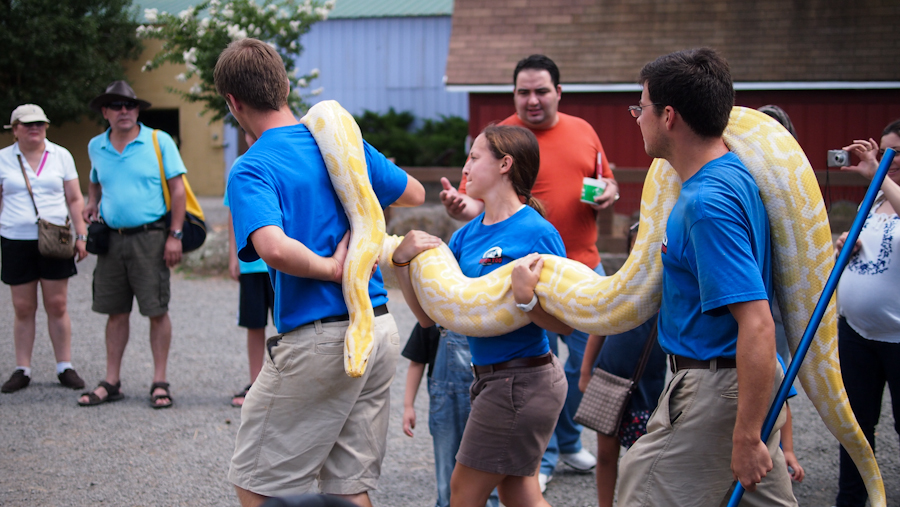
The fate of the world’s largest snake species faces significant challenges in the modern era. Habitat destruction poses perhaps the greatest threat, as deforestation, agricultural expansion, and urban development fragment and eliminate the expansive territories these large predators require.
Climate change introduces additional stressors, potentially altering prey availability and suitable habitat ranges for temperature-sensitive reptiles. The illegal wildlife trade targets many large snake species for their skins, meat, and the exotic pet market, further pressuring wild populations.
Conservation efforts focus on habitat protection, anti-poaching measures, and breeding programs, though the specific needs of such large predators make successful conservation particularly challenging. Despite these pressures, the remarkable adaptability that has allowed these magnificent creatures to evolve into giants may yet help them navigate an uncertain future.
The world of non-venomous snakes includes some truly remarkable giants that push the boundaries of reptilian growth. From the record-setting lengths of reticulated pythons to the massive bulk of anacondas, these creatures represent evolutionary success stories that have allowed them to become apex predators in their respective ecosystems.
While most snake species maintain modest dimensions, the exceptional giants showcase the remarkable diversity of adaptations in the reptile world. As we continue to study and understand these impressive animals, they remind us of nature’s capacity to produce extraordinary organisms through the patient work of natural selection over millions of years. Whether inspiring awe, fear, or scientific curiosity, the world’s largest non-venomous snakes remain some of nature’s most impressive creations.

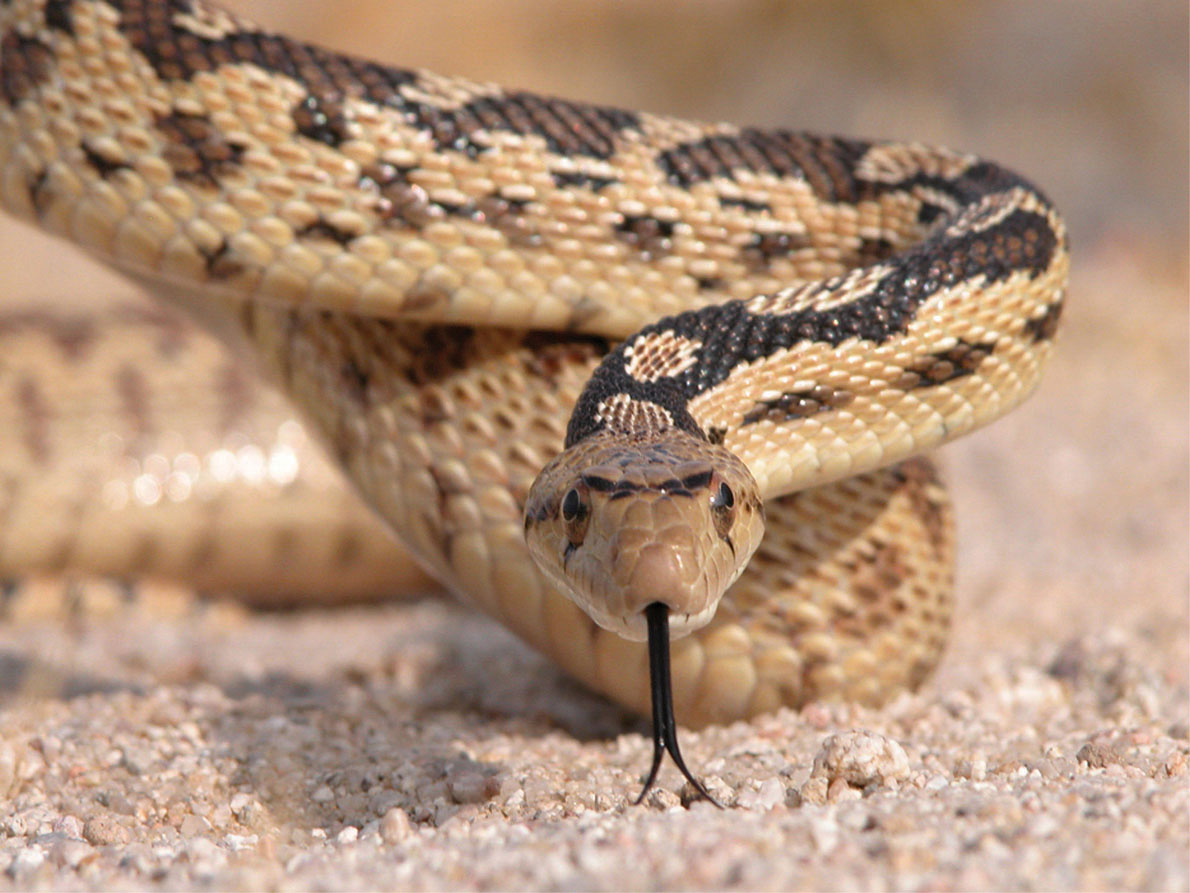

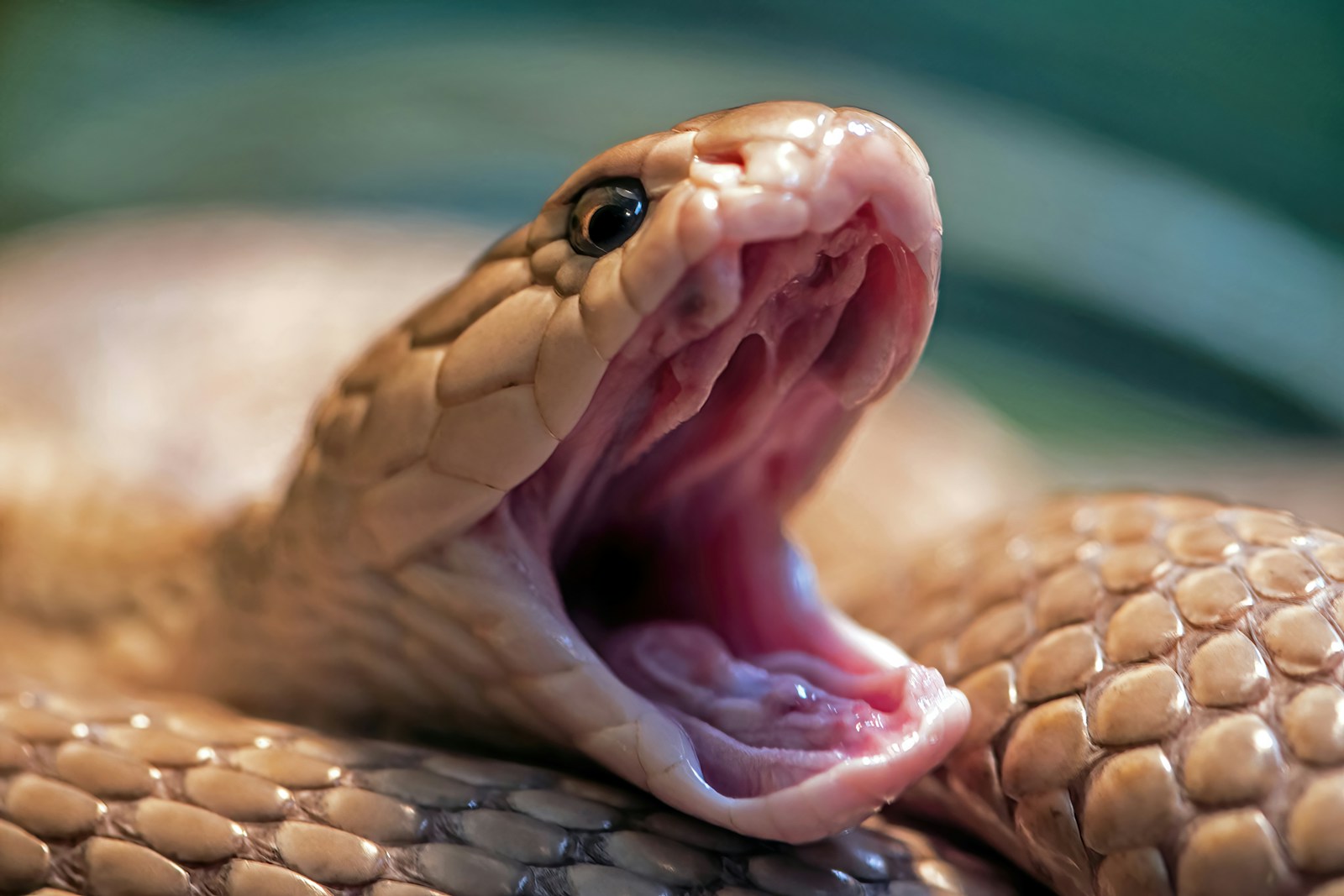
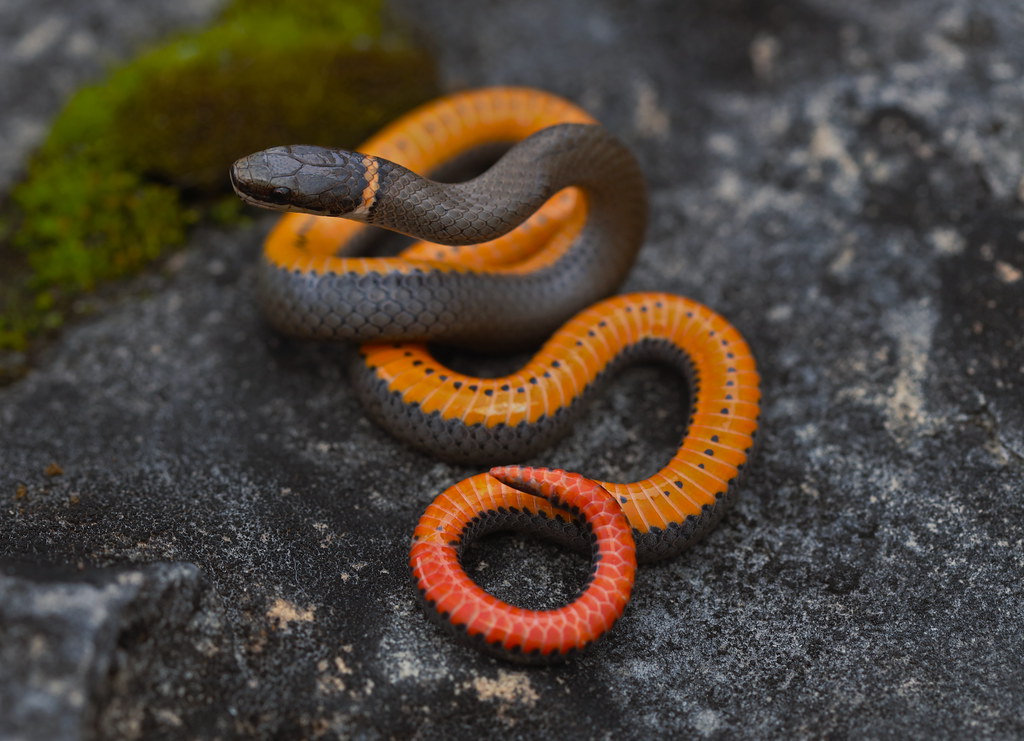
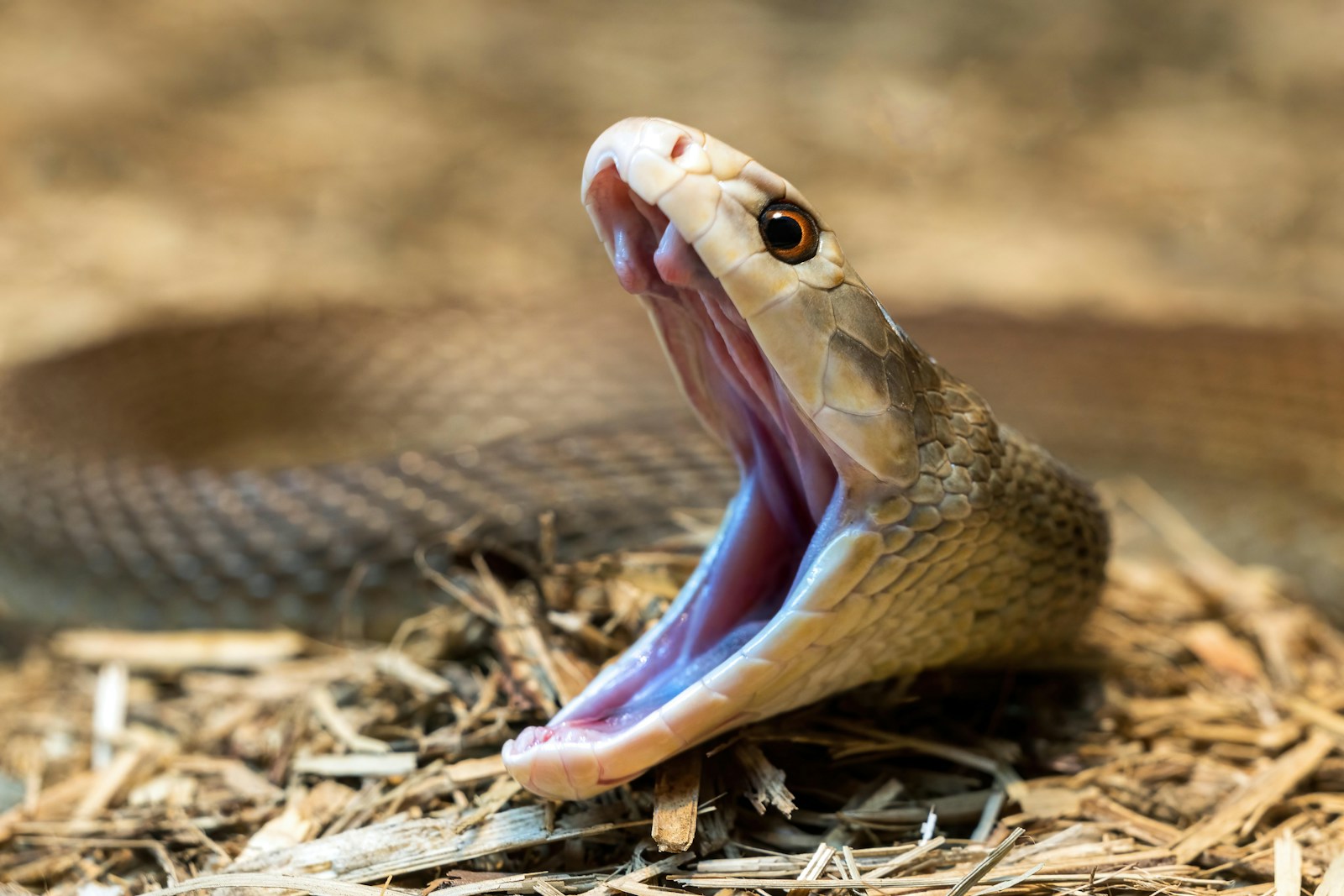
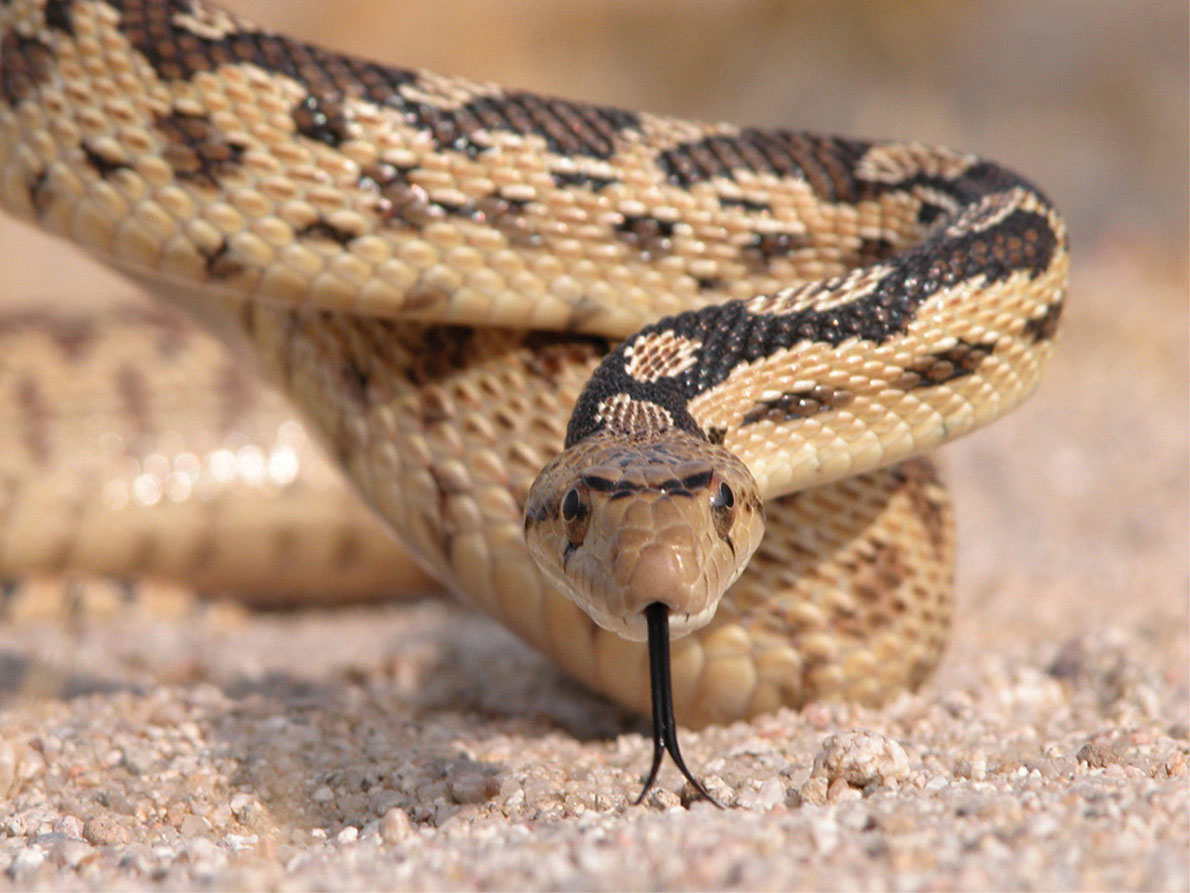
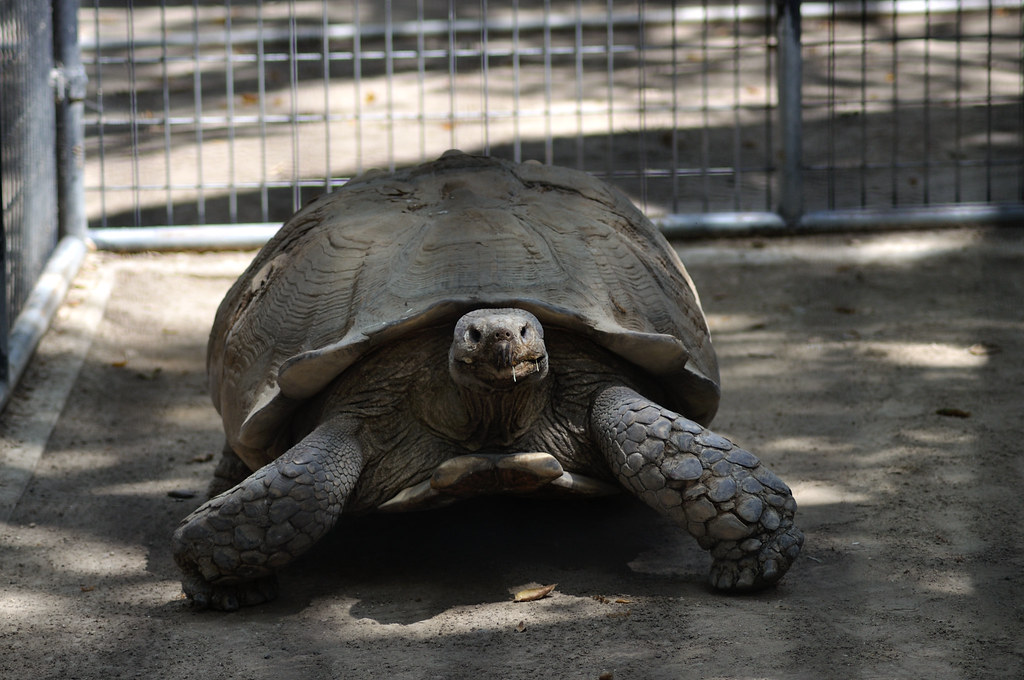
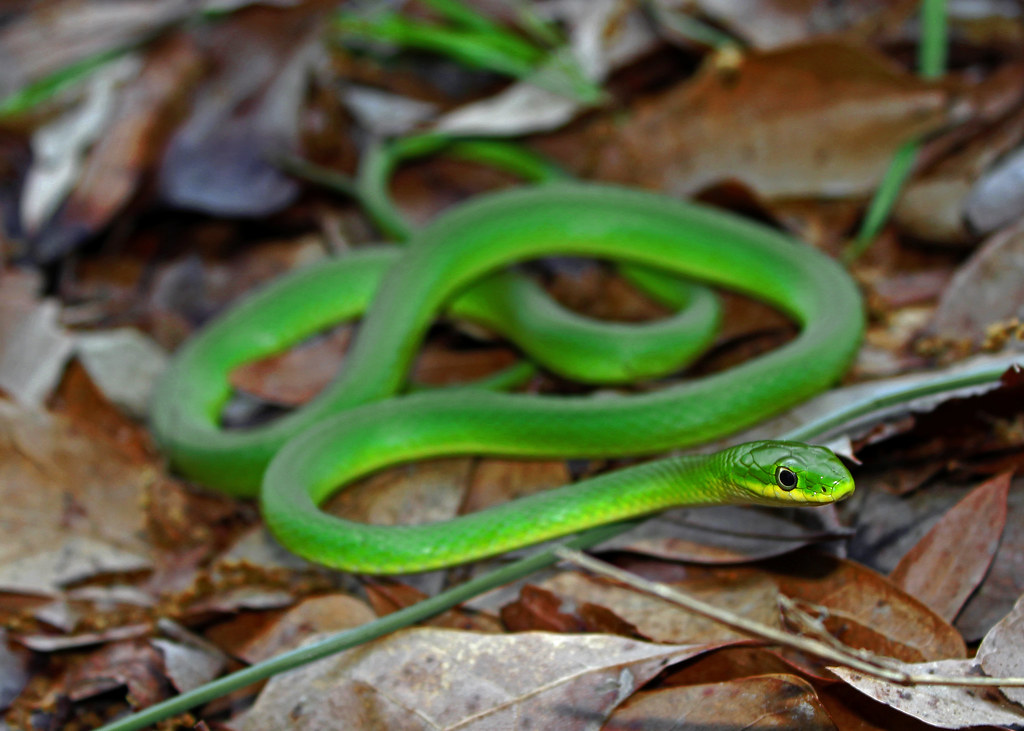
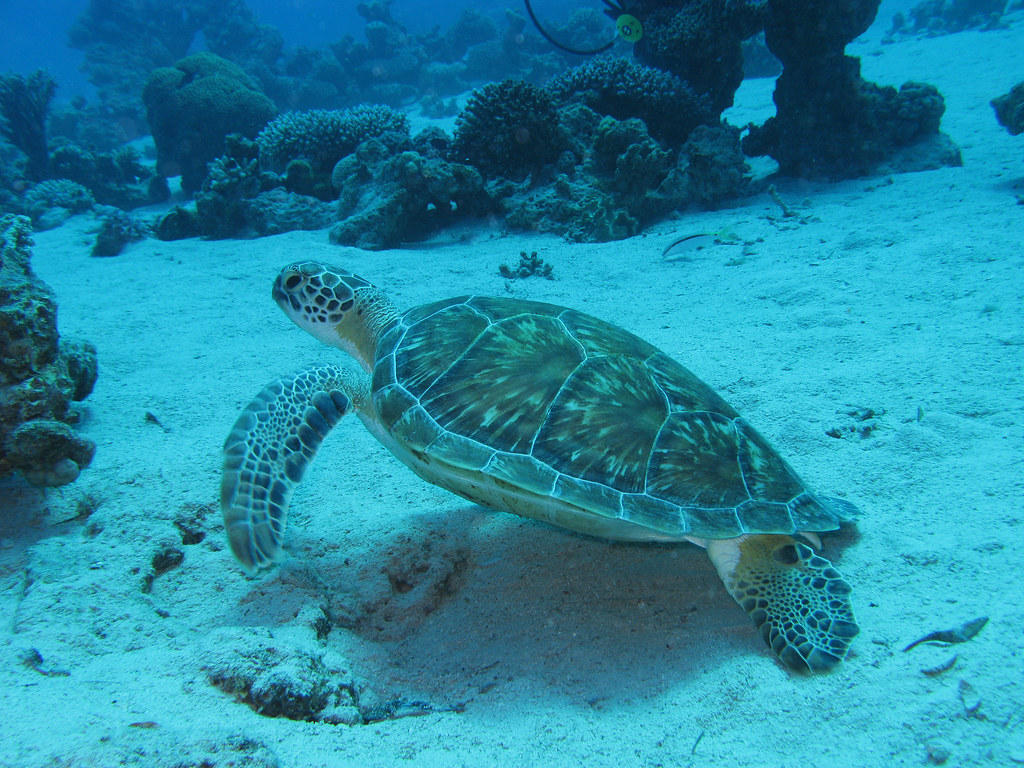
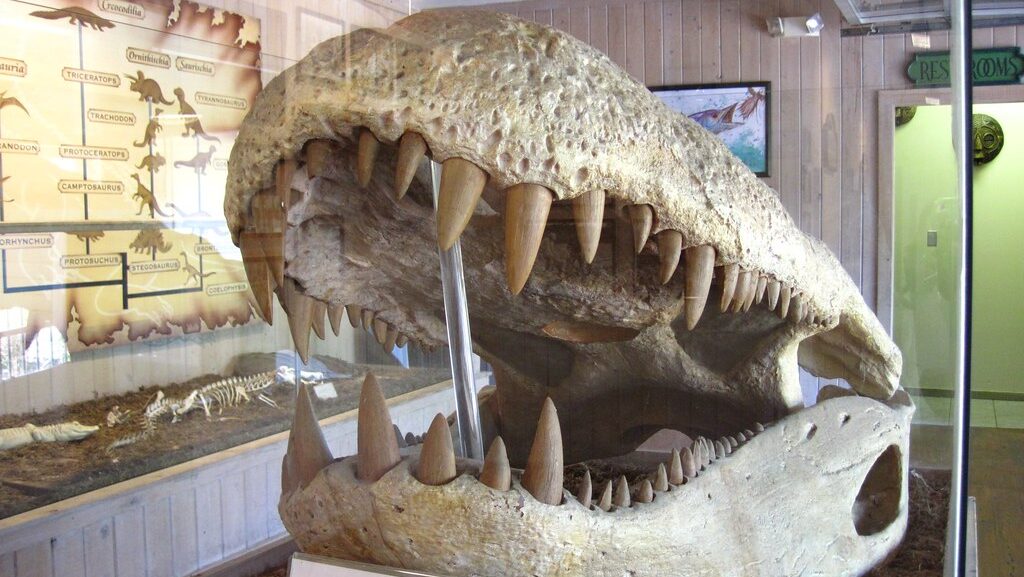
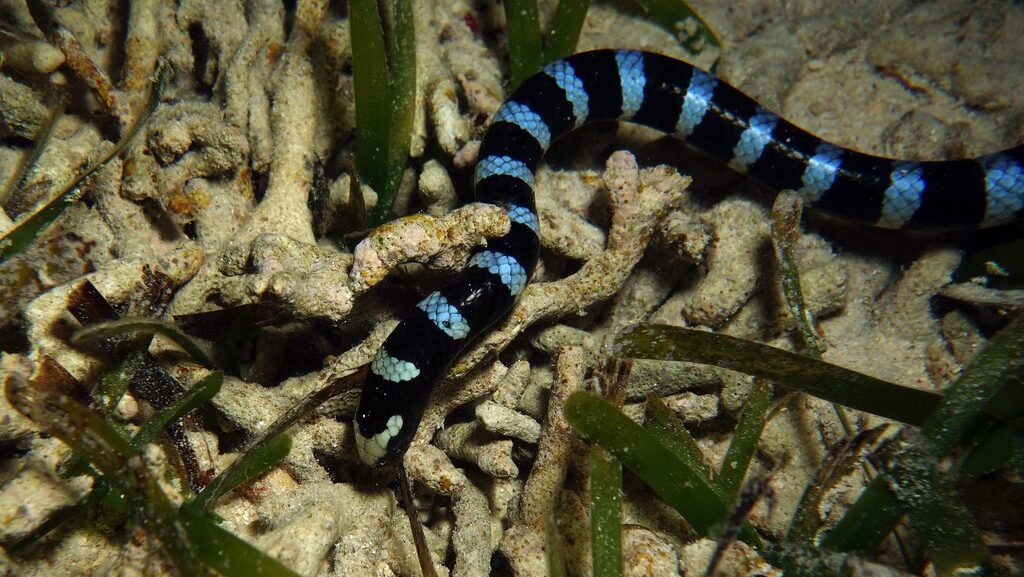



Leave a Reply